YouTube Pre-Roll vs Video Action Ads: What's The Difference?
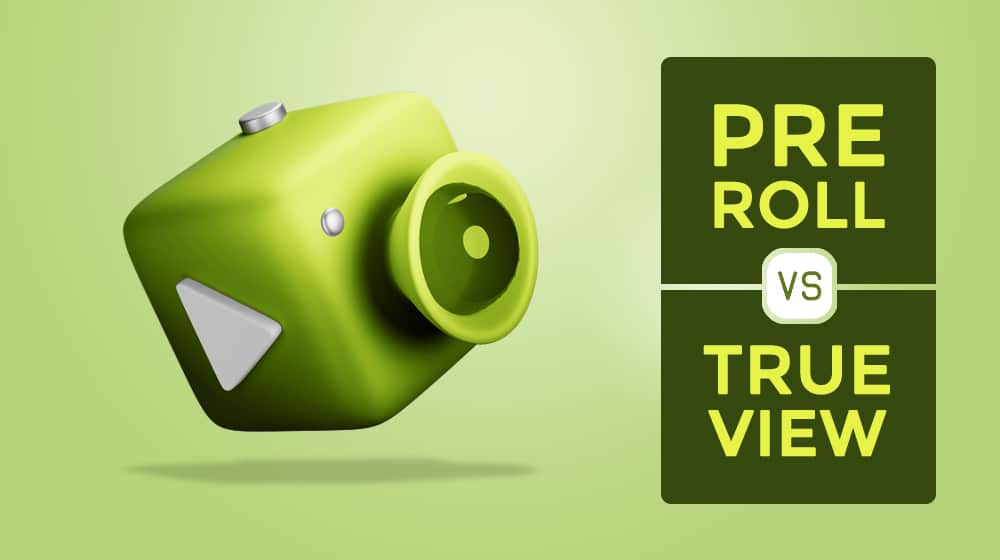
If you've ever spent time on YouTube in the last decade – and with over a billion monthly active users, I'm betting you have – you've probably seen advertising. It can show up everywhere; in the sidebar, below or above the video, or as a commercial break. It can play before, during, or after the video, and more. Any possible point of the page during the video experience where you could cram an ad in, Google has done so.
It's no wonder people use ad blockers, eh? Fortunately for advertisers, you cannot easily block ads with ad-blocking software.
Two of the essential video types on YouTube ads are the pre-roll ads and the TrueView ads. What are they, though? What's the difference? If you're trying to run ads on your videos to monetize them, which ones work better?
Let's dig into each of these YouTube ad formats.
Ad Type 1: Pre-Roll (No-Skippable Ads)
YouTube pre-roll ads are just what they sound like, but "what they sound like" requires you to have some idea of the film terminology at the core of video history.
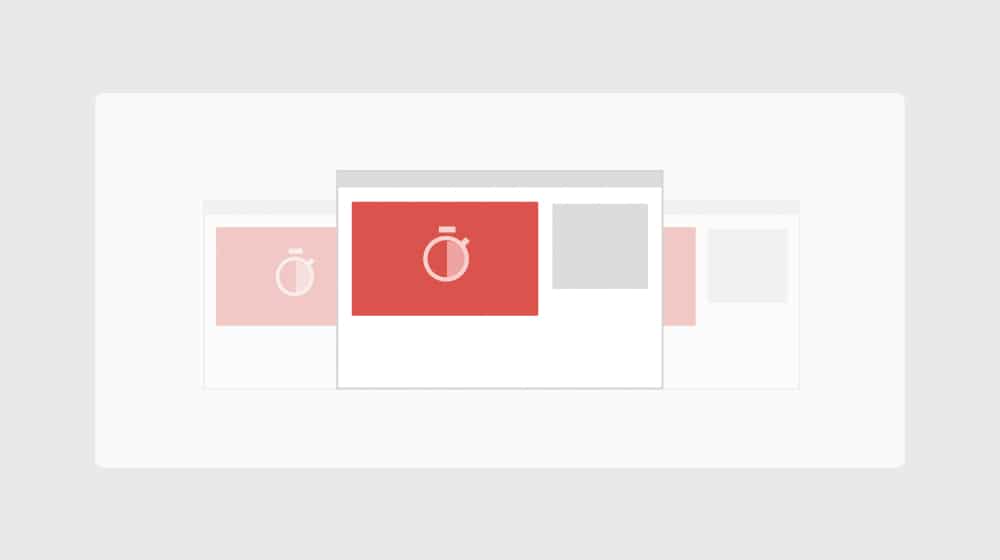
Specifically, "roll." The "roll" is the reel of film, shot by a camera to record video. "A-roll" was your primary footage, and "B-roll" was the secondary footage, often left on the cutting room floor or used as interstitial shots.
There's a little more detail to be found, though.
- For one thing, pre-roll ads are video ads. They aren't the display ads that layer on top of or below the YouTube video. You can think of them like TV commercials that play before a show starts.
- Pre-roll ads are short. YouTube lets them get up to 30 seconds long but has cut back on the longer ads. These days, the max seems to be about 20 seconds, and if you want exposure, you generally need to aim for 15 seconds. Any longer, and many people are liable to turn away instead of watching the ad, so neither you as an advertiser nor the video creator gets a view.
- Pre-roll ads are also pay-per-click. Simply showing the ad to people doesn't cost ad spend or earn anyone any money. Users have to click on the ad CTA (call to action).
- Finally, pre-roll ads are not skippable. Many other advertisements, significantly longer ads, allow viewers to skip past them once they've watched five seconds or so of the ad. Not so with pre-roll; since they're only 15 seconds long in general, no skip button ever appears.
Since these are quick videos, they are great for maximum views, shorter videos, and brand awareness.
Ad Type 2: TrueView
The second kind of ad to talk about is the TrueView ad. You can assume that a massive search engine like Google has put more engineering into them, given the fancy name, and you'd be right. They're more intricate advertising than a simple pre-roll.
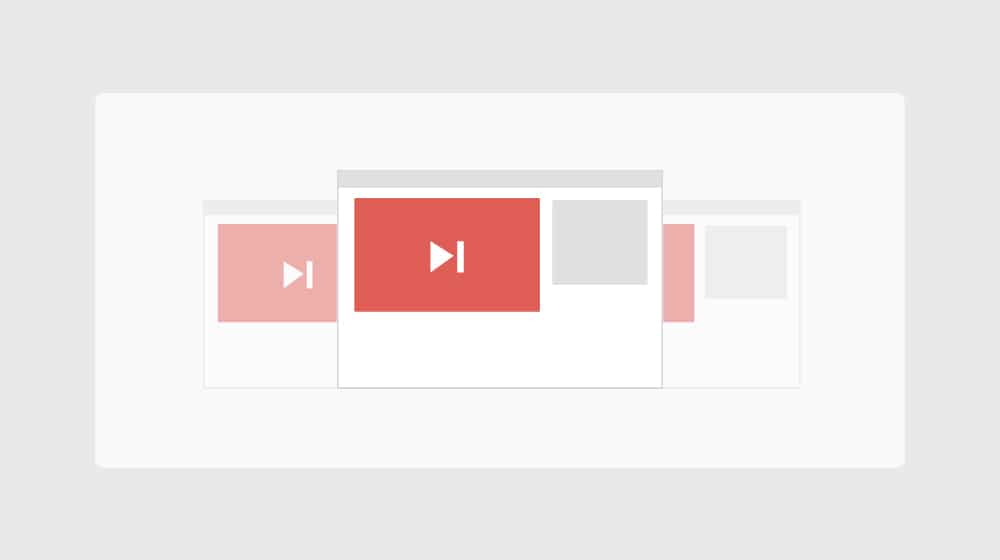
TrueView in-stream ads are the ads you're probably most familiar with as a YouTube user. They're YouTube video ads, just like pre-roll ads (instead of Google Display Network ads surrounding the video). After you watch five seconds of the ad, you have the option to skip it. They're also skippable.
This feature is where the name comes in: TrueView. The views it records are actual views, not instances where a user, forced to watch an ad, ignores it, or puts their phone down or whatever. These ads only count the viewers who watch either the entire ad (if it's less than 30 seconds long) or at least 30 seconds (if it's 30 or longer) are counted as views. The advertiser only pays for those true views, the video creator only earns for those true views, and chances are a user will only watch the whole thing if it interests them.
Of course, this doesn't change the target audience demographic who see an ad, put down their phone, and come back later to watch the video. No system is perfect, though, right?
TrueView ads have one other significant difference; they can show up in three places. They can show up before a video as a TrueView Pre-Roll, they can show up in the middle of the content like a commercial break as a Mid-Roll, or they can show up at the end of the video.
Ad Type 3: In-Feed
In-Feed ads show up in the post-video recommended videos grid or the sidebar-related videos. This type of ad is inserted into the recommended videos feed, hence the name.
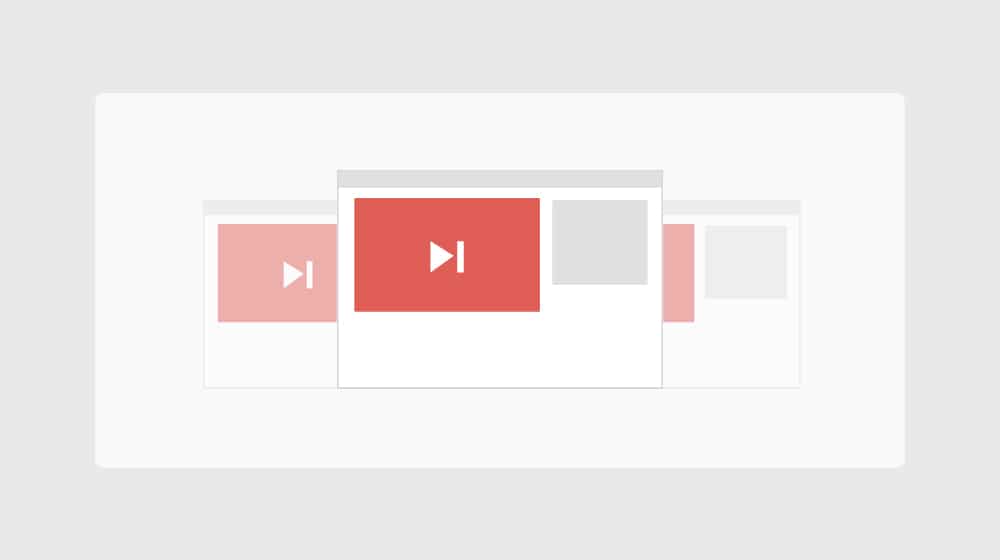
Unlike the other kinds of ads, which advertise a product or service before a presumably related piece of content, In-Feed ads typically advertise another video or YouTube channel. They can, however, promote a video ad rather than a full video, which means there's a significant number of videos hosted on YouTube that are only accessible through these ads.
What's This About Video Action Campaigns?
If you've looked up TrueView ads recently, you might have seen this announcement at the top of Google's Ads help center:
"To help you achieve more conversions at an efficient cost, we're evolving TrueView for action and scaling its best features to more places with Video action campaigns. Video action campaigns allow you to reach more customers in high-performing places on and off YouTube--all within one campaign. You can still make changes to your existing TrueView for action campaigns, or you can upgrade your TrueView for action campaigns to Video action campaigns using our copy and paste tool in Google Ads. Starting early 2022, Google Ads automatically upgrades all TrueView for action campaigns to Video action campaigns and opts all Video action campaigns into all video networks. " - Google
As we all know, Google can't leave anything alone. They constantly need to be "innovating" or changing things, regardless of how well-liked they are, how used or valuable they are, and how much investment people have in them. Ads are no exception, and YouTube will do anything in its power to squeeze out every bit that it can get from YouTube advertising since it's their primary source of funding.
So, what's going on?
When: When is Google going to make this change? Who knows! They said "early 2022" but have no more specific details anywhere, so it may already be out by the time you read this.
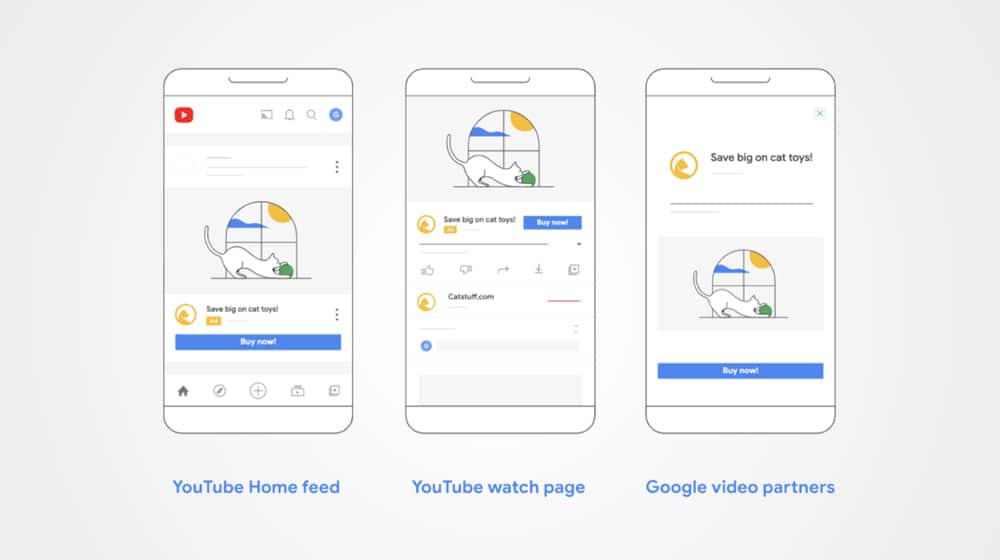
What Changes: What's the difference? Well.
- TrueView ads only allow skippable, in-stream ads. Video ads on the YouTube video player, before/during/after the video. Video Action ads allow skippable and in-feed video ads as part of one new campaign. You could always access both kinds of ads, but you had to use dedicated TrueView and In-Feed campaigns to do it, which was a lot more busywork.
- TrueView ads only showed on the YouTube watch page and specific Google partner pages. Video Action ads will display in more places, including videos embedded on other websites and the YouTube Home feed.
- Text assets are limited for TrueView ads because they're video ads. People aren't reading text about the video content; they're watching it. With Video Action ads, since they can display as In-Feed ads, you get the title, and short description in the sidebar or Home feeds.
So, overall, it's a solid upgrade, with relatively minimal changes to how Google Ads for video function on the back end. It's just a way to combine In-Feed ads and TrueView ads into one ad campaign product, giving you more flexibility and more exposure for your ads in one place.
Video Action ads have already existed and had for a while. If you want, you can opt into this new system right now. Google Ads also gives you a "copy and paste" tool to copy ads between campaigns so that you can copy ads from your TrueView campaigns into Video Action campaigns.
Converting TrueView to Video Action
If you want to get started with Video Action campaigns before Google makes you do it, here's how.
- Log into Google Ads.
- On the homepage dashboard, click on "Campaigns."
- Click on the filter funnel, set campaign type to video, subtype to drive conversions, and add ad group type to standard. Click Apply.
- Check the tick box next to any ad you want to upgrade from TrueView to Video Action. You can choose whole campaigns or ad groups within a campaign.
- Use keyboard shortcuts (Ctrl/Cmd + C) or use the edit menu and click copy.
- Choose "paste responsive video."
- Choose "Additional Assets" and specify text for your headline and description for the In-Feed part of these ads.
- Click Paste or hit Ctrl/Cmd + V. This pastes in the relevant ad data from your copied TrueView ad.
- Click "Review Ads" to make sure everything looks like it should.
When you paste an ad to "upgrade" it this way, it will have a label automatically added to it, saying "Pasted as responsive video ads on <date>," which you can use to filter for your upgraded ads later on down the line.
Which Video Advertising Format is Best?
You might wonder if a skippable ad or an unskippable ad is better. An unskippable ad holds an audience captive, so viewers "have" to watch the ad, though realistically, many people will mute a tab and look away, put their phone down, or otherwise not engage with the ad. Many more will "watch" the ad but zone out and disengage entirely from the content and probably won't even remember it unless there's something stand-out obnoxious about it.
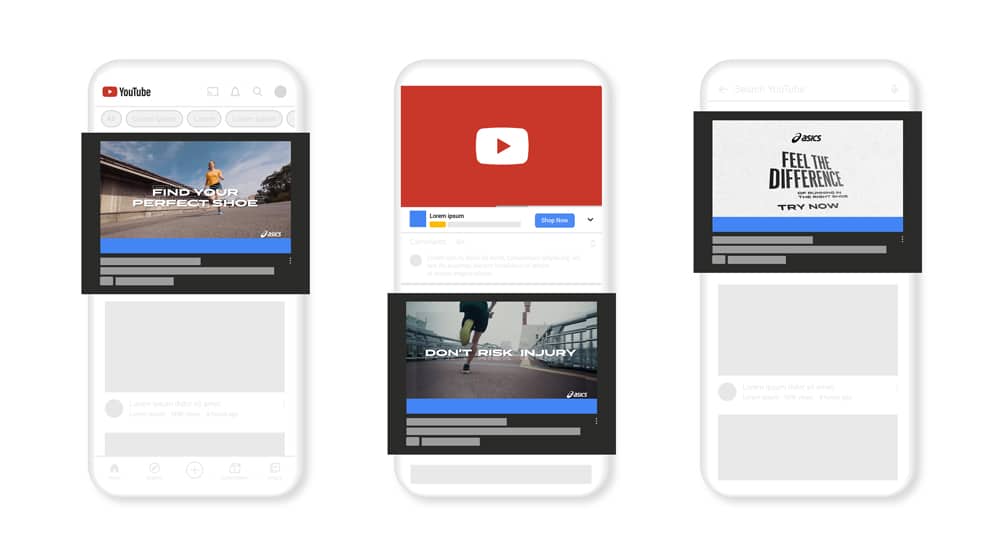
In practice, while TrueView ads have lower engagement and watch rate metrics – and 78% of people skip them – the people who do watch them tend to be more engaged and have a higher conversion rate than the comparable audience from an unskippable ad.
In-Feed ads aren't comparable to these ads because they're not videos in the feed that a user is forced to watch. Instead, they're ad thumbnails in the feed that encourage users to click on a commercial, similar to display ads.
Are There Other Advertising Formats?
YouTube and Google Ads have a few other video ad formats.
- Skippable In-Stream Ads: This is just another name for TrueView ads.
- Non-Skippable In-Stream Ads: This is similar to Pre-Roll ads but can occur mid-stream as well. They're limited to 15 seconds because of that. They're also CPM, so they charge regardless of whether or not users click.
- In-Feed Ads: see above. These used to be called "YouTube Discovery Ads" back when Google Ads was still called "Adwords," but YouTube renamed video discovery ads in 2017.
- Bumper Ads: These are non-skippable in-stream ads. So, why do they get their own category? They're limited to just 6 seconds in length, use CPM bidding, and can appear in more places.
- Outstream: These ads are mobile-only and start by default with the sound off but auto-play. They're used as interstitials, video banner ads, and native ads.
- Masthead Ads: These are similar to Outstream ads but can appear on mobile, desktop, and even smart TVs. They're a unique and powerful ad type, but they're also only available by reservation and only if you're noteworthy enough as a business to have a Google Sales Representative.
- Overlay Ads. These are small ads that cover the bottom 20% of a video on computers only.
I'm sure that about 30 seconds after I publish this, Google will develop some new ways to change things and make them out of date, but I'll do my best to keep on top of the changes.
So, which should you use? Which is better?
The answer to that depends heavily on you, your goals, and your audience. Some people are okay with watching any ad, whether on social media or YouTube. Others want to skip anything that gets put in front of their eyes. My best advice is to experiment with different formats and see what works best for you.



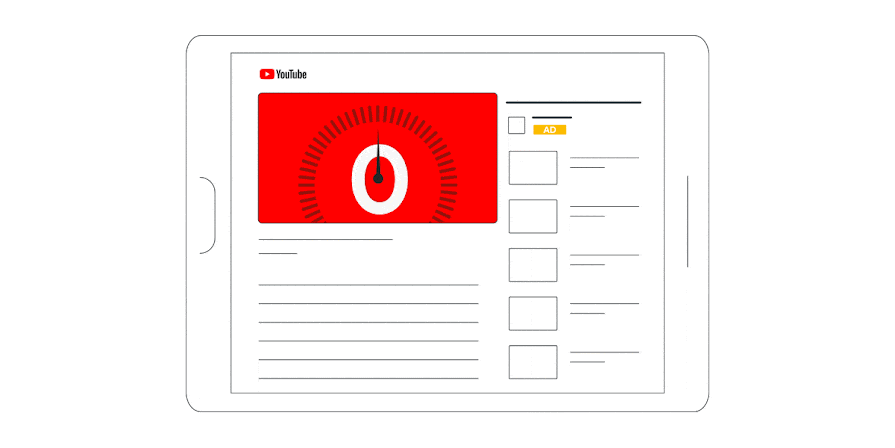







March 15, 2022
This is useful. Thanks.
March 15, 2022
Thanks, Lahaila!
April 17, 2022
Great read.
April 29, 2022
Hey thanks, Bob!